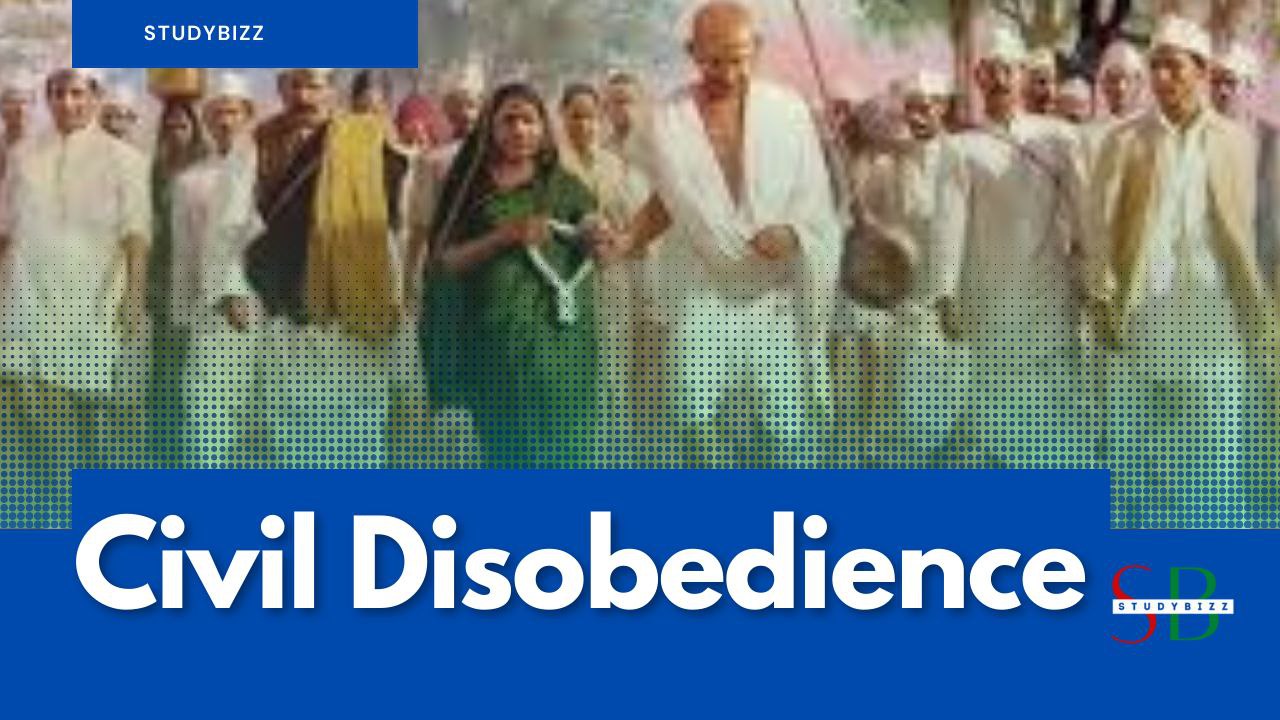Civil Disobedience Movement (1930-1931)
The Civil Disobedience Movement was a mass non-violent political campaign in India, led by Mohandas Gandhi, that took place between 1930 and 1931. It was one of the largest and most effective independence movements in Indian history and played a key role in the Indian independence struggle.
The movement was a response to the British government’s decision to arrest political leaders and ban the Indian National Congress (INC), the largest political organization in India at the time. In response, Gandhi called for a nationwide campaign of civil disobedience, calling for Indians to engage in acts of non-violent resistance against British rule.
One of the key features of the Civil Disobedience Movement was the widespread participation of ordinary Indians, who took part in mass protests, marches, and demonstrations against British rule. Gandhi himself led a famous Salt March in 1930, in which he and thousands of followers marched from Ahmedabad to the Arabian Sea to protest the British-imposed salt tax. This march became a symbol of resistance and helped to galvanize support for the independence movement across India.
In addition to mass protests, the Civil Disobedience Movement also included acts of non-cooperation, such as the refusal to pay taxes, boycott of British goods, and the rejection of British courts and schools. These acts of non-cooperation helped to bring the British administration in India to a standstill and put immense pressure on the British government to negotiate with the independence movement.
Despite the widespread support for the Civil Disobedience Movement, it was met with brutal repression by the British government. Protesters were arrested, beaten, and even killed by the police and army. However, the movement continued to grow and gain momentum, drawing support from all sections of society, including women, workers, peasants, and students.
The Civil Disobedience Movement reached its peak in 1931, when the British government agreed to negotiate with Gandhi and other leaders of the independence movement. The negotiations resulted in the Gandhi-Irwin Pact, an agreement that temporarily suspended the civil disobedience campaign in exchange for the release of political prisoners and the recognition of the INC as a legitimate political organization.
The Civil Disobedience Movement was a turning point in the Indian independence struggle. It helped to build national unity and bring millions of Indians into the independence movement, demonstrating to the world the strength and determination of the Indian people. The movement also helped to cement Gandhi’s position as the leader of the independence struggle and set the stage for further mass movements, such as the Quit India Movement in 1942.
In conclusion, the Civil Disobedience Movement was a pivotal moment in Indian history, demonstrating the power of non-violent resistance and mass mobilization in the struggle for independence. Its legacy continues to inspire and influence political movements around the world and serves as a testament to the courage and determination of the Indian people in their quest for freedom.





Leave a Reply